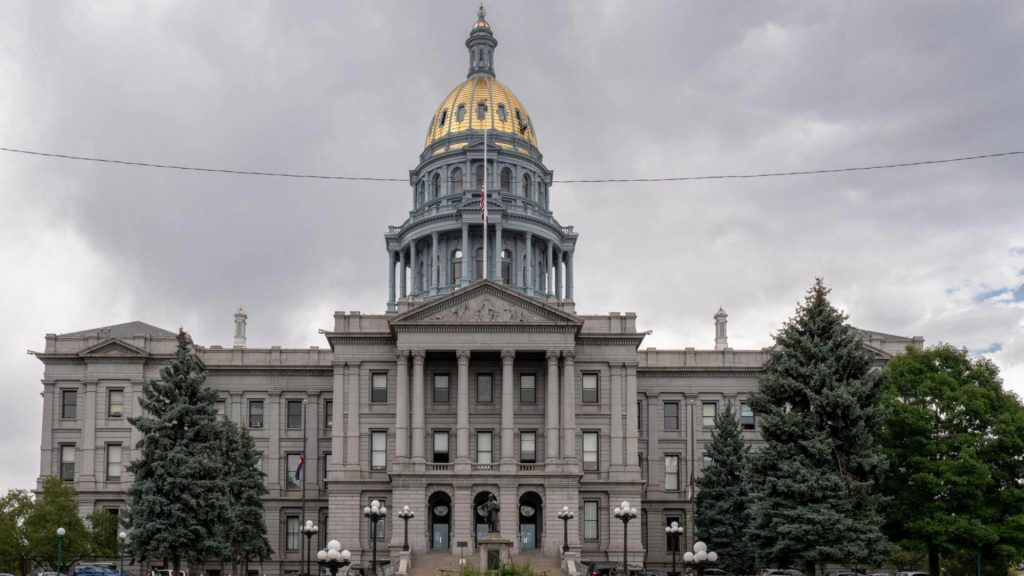The beautiful ski town of Steamboat Springs is grappling with an unusual problem. Despite offering a high salary of $167,000 for a local government position, the job remains vacant. The reason isn’t a lack of qualified candidates, but rather the skyrocketing cost of living in the town.
The Job in Question
The job, a high-ranking position in the local government located in Steamboat Springs, Colorado, offers a salary that would be considered generous in most parts of the country.

However, the cost of living in this ski town has skyrocketed to such an extent that even the salary of $167,000 is insufficient when taking into account the cost of living and real estate market in this town.
What Is Driving The Cost of Living?
The cost of living in ski towns such as Steamboat Springs has always been high, but has seen a major increase in recent years. The primary reason for this is the soaring real estate prices. The pandemic has made the situation worse. Remote workers, second-home buyers, and short-term rental investors driving up home prices.

Even high-income professionals are struggling to find housing in these small, rural communities. The situation is so dire that unless you’re extremely wealthy, housing is unattainable.
The Real Estate Boom
The real estate market in these areas has exploded, with properties being bought at record-breaking prices. This boom has caused home prices to nearly double. The influx of remote workers, second-home buyers, and short-term rental investors has added to the competition, making it even harder for locals to find affordable housing.

The ultra-wealthy have swooped in, with properties being picked up by people buying second homes or short-term rental investors. This has resulted in a situation where houses that used to be for employees are now for guests, and hotels are for employee housing.
The Housing Crisis’ Impact on Local Community
The local community in Steamboat Springs, Colorado, is feeling the brunt of the housing crisis. At the Steamboat hospital, doctors willing to pay more than $1 million for a home have been repeatedly outbid by all-cash, out-of-town buyers.

Housing costs have caused some positions to go unfilled for more than two years. The local ski resort has been leasing a hotel for its employees to live in as the homes they once rented are increasingly turned into short-term rentals for visitors.
The Importance Of The Tourism Industry
The tourism industry is major contributor to the economy of Colorado’s ski towns. However, the pandemic has led to an unprecedented surge in tourism, causing a strain on the local infrastructure and exacerbating the housing crisis. Travelers are making plans for a post-vaccination summer, and Colorado resort towns are seeing a surge in hotel occupancy rates.

The influx of tourists, coupled with the increase in remote workers and second-home buyers, has led to a significant increase in demand for housing, further driving up property prices.
The Wealth Gap Divide
High-income professionals, such as doctors and city officials, are struggling to find affordable housing. This situation is creating a divide in the community, with the wealthy enjoying their vacations while the locals finding it increasingly difficult to afford living in the town.

The wealth gap is not just a social issue but also a threat to the local economy, as it is leading to a shortage of workers in key sectors. Addressing this wealth gap is crucial for the sustainability of these communities.
How Will The Local Government Assist?
Local governments and state legislatures have been at odds over restrictions on short-term rentals like Airbnbs, and ballot initiatives to add taxes to those rentals have had mixed results at the polls.

When it comes to building more housing, residents have mounted opposition to some efforts over concerns about everything from traffic congestion to wildlife migration patterns.
Potential Solutions For The Crisis
Addressing the housing crisis requires a multi-faceted approach. Communities are turning to innovations, like lease limits and new taxes, to confront the housing shortage worsened by remote workers and second-home owners.

The situation has forced high-country locales to limit the number of short-term rentals in a community or raising taxes on people who own second homes and leave them vacant for long periods of time.
What About Affordable Housing Initiatives?
Affordable housing initiatives could provide locals with housing options within their budget. Aspen, Colorado is set to introduce the Aspen Lumberyard Affordable Housing project, offering 277 affordable housing units.

In Steamboat Springs, the city’s housing authority purchased a 534-acre ranch with a $24 million anonymous donation. These initiatives are a step in the right direction, but they also highlight the complexity of the issue and the need for comprehensive solutions1.
Will Wage Adjustments Provide Relief?
Adjusting wages to match the cost of living could make it possible for locals to afford living in the town. This increase in salary will however lead to an further increase in living costs.

However, this could lead to inflation and other economic complications, as wage adjudgments will have severe knock-on effects leading to an increase in food and transportation costs.
Implementing Regulations on Property Prices
Implementing regulations to control property prices could prevent the real estate market from overheating. Regulations could include special levies for non-local residents in order to provide subsidised housing for locals.

However, this could potentially deter investors and impact the local economy in a negative manner, which in turn will lead to an abundance of housing.
Community Impact
The situation in the Colorado ski town is a stark reminder of the socio-economic challenges that come with prosperity. It underscores the need for balanced and sustainable development that benefits all members of the community.

Setting A Precedent For Other Towns
As the town grapples with this issue, it serves as a case study for other similar towns across the world. The solutions it adopts could pave the way for other communities facing similar challenges.

Solutions will have to be implemented in manner which protects the livelihoods of local communities while ensuring investment and development thrives.






